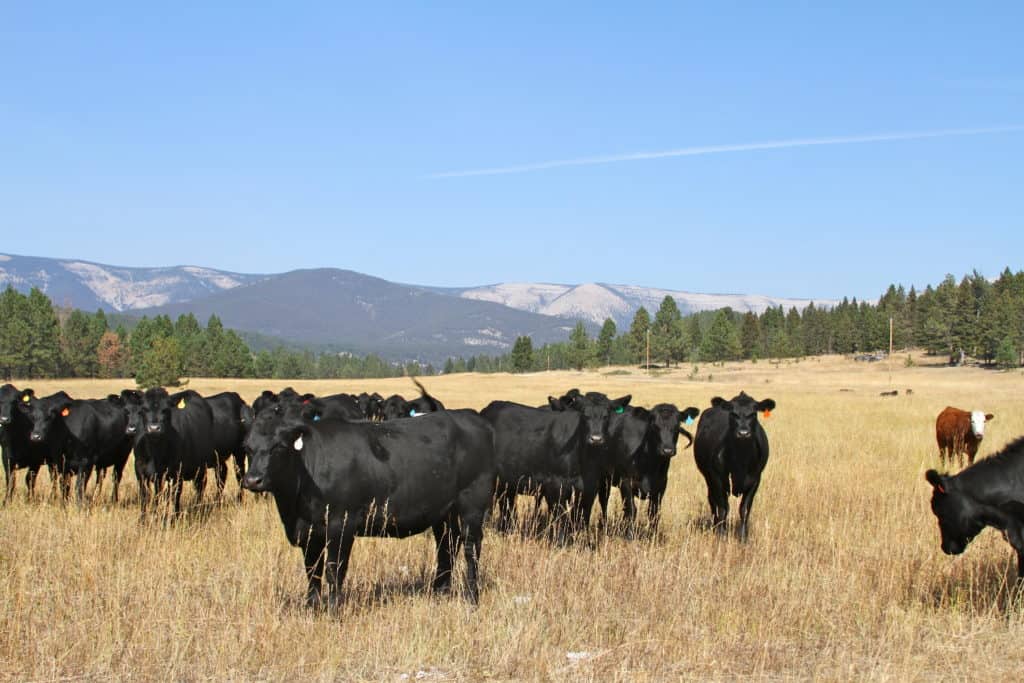Trade in the Trump era is anything but predictable. As the Chinese economy rises and more people in the world’s largest nation move into the middle class, the demand for foreign goods escalates. In response to domestic demand and pressure from the U.S. to lower the trade deficit, China is opening its doors to American beef.
Bloomberg reports per capita consumption of beef in China increased 33% from 2012 to 2016. Conversely, U.S. agricultural exports have decreased by about 10% over the last two years. Accessing China’s beef market will help farmers not only reverse declining agricultural export volumes, but also ameliorate plummeting farm revenues.
Changes in Trade Policy
China represents U.S. farmers’ largest export market. Since 2003, it’s been closed to beef. China imported approximately $2.6 billion in beef last year, making the import ban a huge opportunity cost for U.S. ranchers. China could potentially replace Japan as the number one foreign customer for U.S. beef.
The basis of the import ban was a response to a case of mad cow disease reported in Washington state in 2003. Critics argue the ban was overblown. Eliminating this extreme regulatory barrier to U.S. beef has been a bipartisan priority in an effort to boost exports to China and start closing the gap on the $347 billion trade deficit.
Opening China to U.S. beef was a top agenda item for Trump’s visit with Xi Jinping this week. The two signed a deal allowing e-commerce giant, JD.com to import $1.2 billion of beef over the next three years. The majority of which will be sourced from the Montana Stockgrowers Association.
Increasing Cold Chains
What does this new export opportunity mean for the logistics world? Meat is frozen in transit to prevent the growth of pathogens and food borne illnesses. To maintain freshness, the majority of the beef will ship via air to mainland China. This future surge in beef exports will benefit perishable air and ground carriers.
Since the majority of the new opportunity lies in Montana, perishable forwarders and operators should look to leverage additional capacity there. Transit from processing facilities to international airports will be in high demand in coming years. Maersk is also increasing its reefer container supply in anticipation of future growth in agricultural exports which will create a greater need for long haul container drayage.
Stay up-to-date with the latest commentary and insights on FreightTech and the impact to the markets by subscribing.











